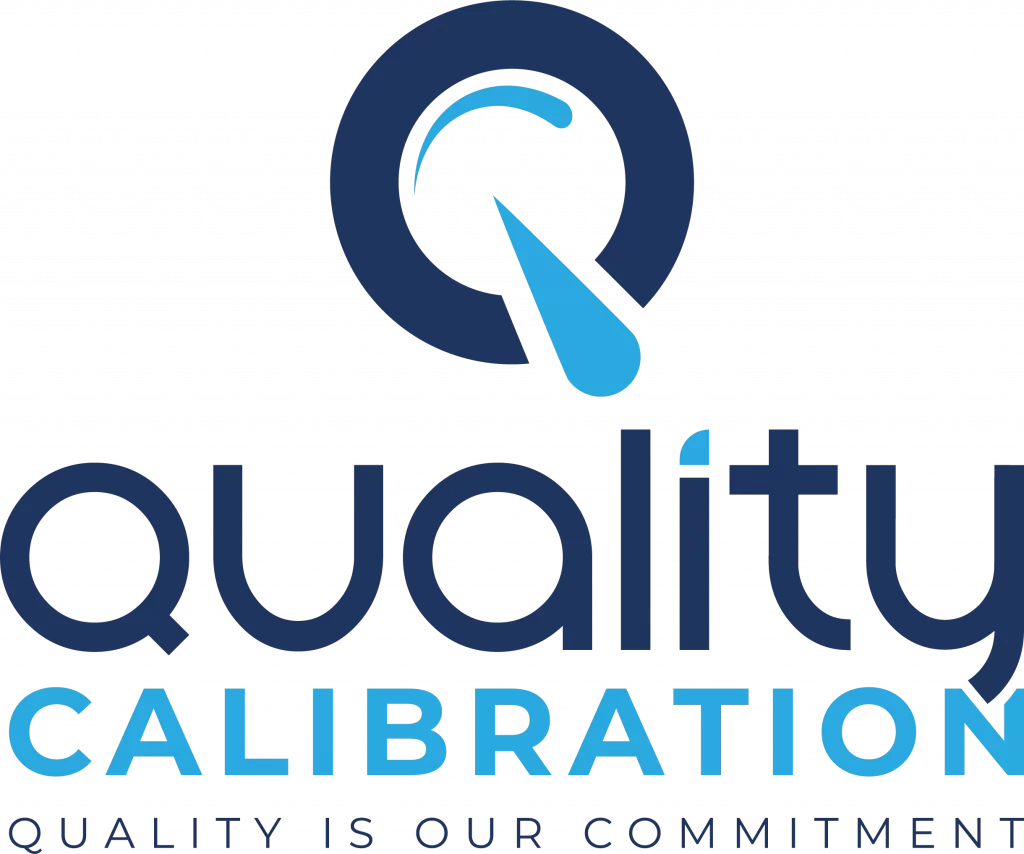Obtaining and maintaining calibration certificates is a crucial aspect of ensuring the accuracy and reliability of industrial equipment in Bangladesh. Calibration certificates serve as documented evidence that the equipment has been calibrated against traceable standards and meets the required accuracy criteria. In this article, we will explore the best practices for obtaining and maintaining calibration certificates in Bangladesh, emphasizing their importance in various industries.
Understanding Calibration Certificates
A calibration certificate is a formal document issued by a calibration laboratory or service provider. It contains detailed information about the calibration process, including the equipment’s pre-calibration and post-calibration measurements, measurement uncertainties, calibration standards used, and the calibration date.
Importance of Calibration Certificates
Calibration certificates are essential for several reasons:
- Compliance and Audits: In many industries, regulatory bodies and quality standards require documented evidence of equipment calibration. During audits, calibration certificates demonstrate compliance with these requirements.
- Quality Assurance: Calibration certificates ensure that equipment performs accurately, contributing to consistent product quality and customer satisfaction.
- Safety and Liability: For safety-critical industries, having calibrated equipment with valid certificates reduces the risk of accidents and potential liability issues.
- Warranty and Insurance Claims: Some equipment warranties and insurance policies may require regular calibration and valid certificates for coverage validation.
- Data-driven Decisions: Accurate calibration certificates provide reliable data for decision-making, process improvement, and resource allocation.
Best Practices for Obtaining Calibration Certificates:
1. Selecting Accredited Calibration Providers
When choosing a calibration service provider, prioritize those that are accredited by recognized accreditation bodies. Accredited labs adhere to international standards, ensuring that their calibration processes are conducted with precision and accuracy. Regular assessments and audits are conducted on accredited labs, giving businesses confidence in the reliability of their calibration services.
2. Determine Calibration Frequency
Establishing the appropriate calibration frequency for each instrument is essential. To do this, refer to equipment manuals, industry standards, and regulatory guidelines. Consider factors such as equipment usage, environmental conditions, and criticality of measurements. Instruments used in critical processes or harsh environments may require more frequent calibration to maintain accuracy.
3. Preparation for Calibration
Before sending equipment for calibration, ensure that it is thoroughly prepared. Clean the equipment to eliminate any contaminants that could interfere with the calibration process. Verify that the equipment is well-maintained and in good working condition. Remove any accessories or attachments that are not relevant to the calibration process.
4. Maintain Calibration Records
Record-keeping is a crucial aspect of the calibration process. Keep comprehensive records of all calibration activities, including calibration dates, calibration certificates, and any adjustments made during calibration. Proper documentation aids in compliance with regulations, provides a historical record of equipment performance, and supports traceability.
Best Practices for Maintaining Calibration Certificates:
1. Organized Document Management
Implement a systematic approach to document management for calibration certificates. Establish a centralized database or filing system to ensure easy retrieval and access to calibration certificates when needed. Digital document management systems can be particularly useful for maintaining and organizing these records efficiently.
2. Set Reminders for Recalibration
To avoid any lapse in calibration certification, establish a reminder system to track calibration due dates. Proactively schedule recalibration well in advance of the due dates. This practice helps ensure that equipment remains within the desired accuracy range and complies with calibration frequency requirements.
3. Review and Validation
When receiving new calibration certificates, conduct a thorough review of each document. Ensure that the certificates meet the required accuracy and traceability standards. Validate the calibration results against the equipment’s performance requirements and specifications. Any discrepancies or issues should be addressed promptly.
4. Address Non-Conformities
If a calibration certificate indicates any non-conformities or deviations from required standards, take immediate action to address them. Depending on the severity of the non-conformities, decide whether adjustments, repairs, or equipment replacements are necessary. Properly document all actions taken to rectify non-conformities for future reference and compliance purposes.
Bottom Line
Obtaining and maintaining calibration certificates in Bangladesh is an essential practice for ensuring the accuracy, reliability, and safety of industrial equipment. These certificates not only demonstrate compliance with regulations and quality standards but also contribute to improved product quality and data-driven decision-making. By following the best practices outlined in this article, businesses in Bangladesh can optimize their equipment’s performance, enhance safety measures, and achieve long-term operational excellence. Click here to contact the Best Calibration Lab in Bangladesh.

Md. Hasan Ibrahim is a Technical Manager at Quality Calibration with extensive experience in the calibration sector since 2015. Holding a Bachelor of Science degree in Mechanical Engineering from Khulna University of Engineering & Technology (KUET), he has received training from various national and international organizations including CSIR-CMERI, QSI, BAB, NML-BSTI, memmert, and X-rite. With expertise in ISO/IEC 17025 assessment, method validation, metrological traceability, and uncertainty, he has successfully completed numerous calibration projects across diverse industries such as pharmaceuticals, food & beverage, oil & gas, textiles & garments, power plants, batteries, chemicals, hospitals & healthcare, and private universities.


